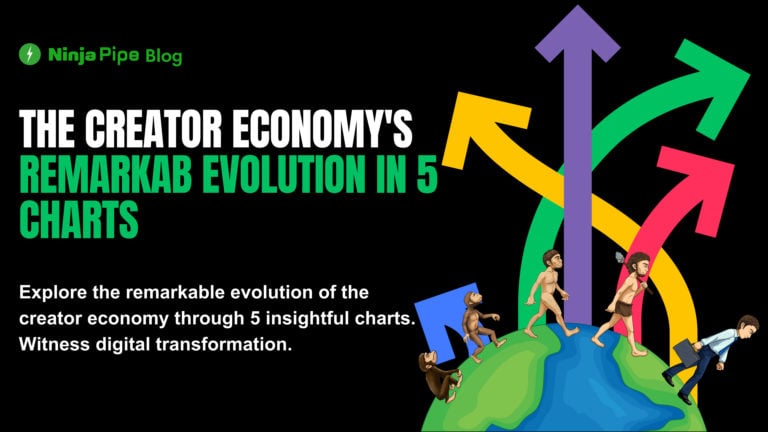Visual search gains momentum as consumer demand surges. Explore the future of search technology.
Introduction:
In the ever-evolving landscape of technology, consumers have witnessed a transformation in their ability to conduct online searches. Thanks to the power of AI, individuals can now use the camera on their smartphones to initiate online searches by capturing real-world images. This innovative approach matches these images to similar ones or offers valuable information. This method, known as visual search, is currently gaining momentum as an emerging trend in marketing strategies.

Search interest in “Google lens” has been on a steady climb, increasing 1,329% in the past 5 years.
Consumer Demand Sparks Visual Search: A Rising Trend
Visual search, once a niche concept, has now become a focal point for marketers. Surprisingly, only 8 percent of specialty retail brands have incorporated a photo search feature into their apps, according to a report by London-based publisher Raconteur. However, this trend shows immense promise, with the image recognition market projected to reach a substantial $53 billion by 2025.
Notably, a recent study revealed that 35% of marketers have plans to enhance visual search in the near future, indicating a growing interest in this technology. This inclination towards visual search is not limited to the business side; consumers are driving the demand for it.
Visual Search: A Consumer Craving
Statistics confirm the appetite for visual search among consumers. A survey disclosed that 74% of consumers perceive text-based searches as “inefficient” for their needs. Millennials, in particular, are drawn to the prospect of visual search, with 62% expressing their preference for it over other emerging technologies. Among the array of visual search applications, Google Lens stands out as one of the most popular. With over 500 million downloads by January 2021, this app can recognize more than 1 billion objects. However, Pinterest Lens takes it a step further by identifying a staggering 2.5 billion objects.

Google Lens is steadily growing
What sets platforms like Pinterest apart is their seamless transition from visual search to purchase, providing an all-in-one experience for users.
Notable Implementations: Leading the Way
Visual search marketing is particularly prominent in sectors like fashion and furniture. ASOS’s app, for instance, allows users to capture a photo, and the platform, in turn, automatically locates the product or suggests similar items matching the style in the image. However, visual search isn’t confined to these industries alone.

Snapchat’s visual search feature.
NAPA Auto Parts stores have embraced visual search through their “Drop & Find” kiosk. This innovative system captures an image of a part and employs AI to instantly locate the matching product in the store. Remarkably, this system can identify 5,000 parts and successfully find an exact match for customers 90% of the time.
Conclusion:
The surge in consumer demand for visual search is undeniable, reshaping the way we interact with technology. With a promising market and consumers craving more efficient search methods, visual search is poised to play a pivotal role in marketing and enhance the user experience across various industries. As the journey of visual search unfolds, we find ourselves on the cusp of a transformative technological era, driven by consumer needs and innovative solutions.








Leave a Comment